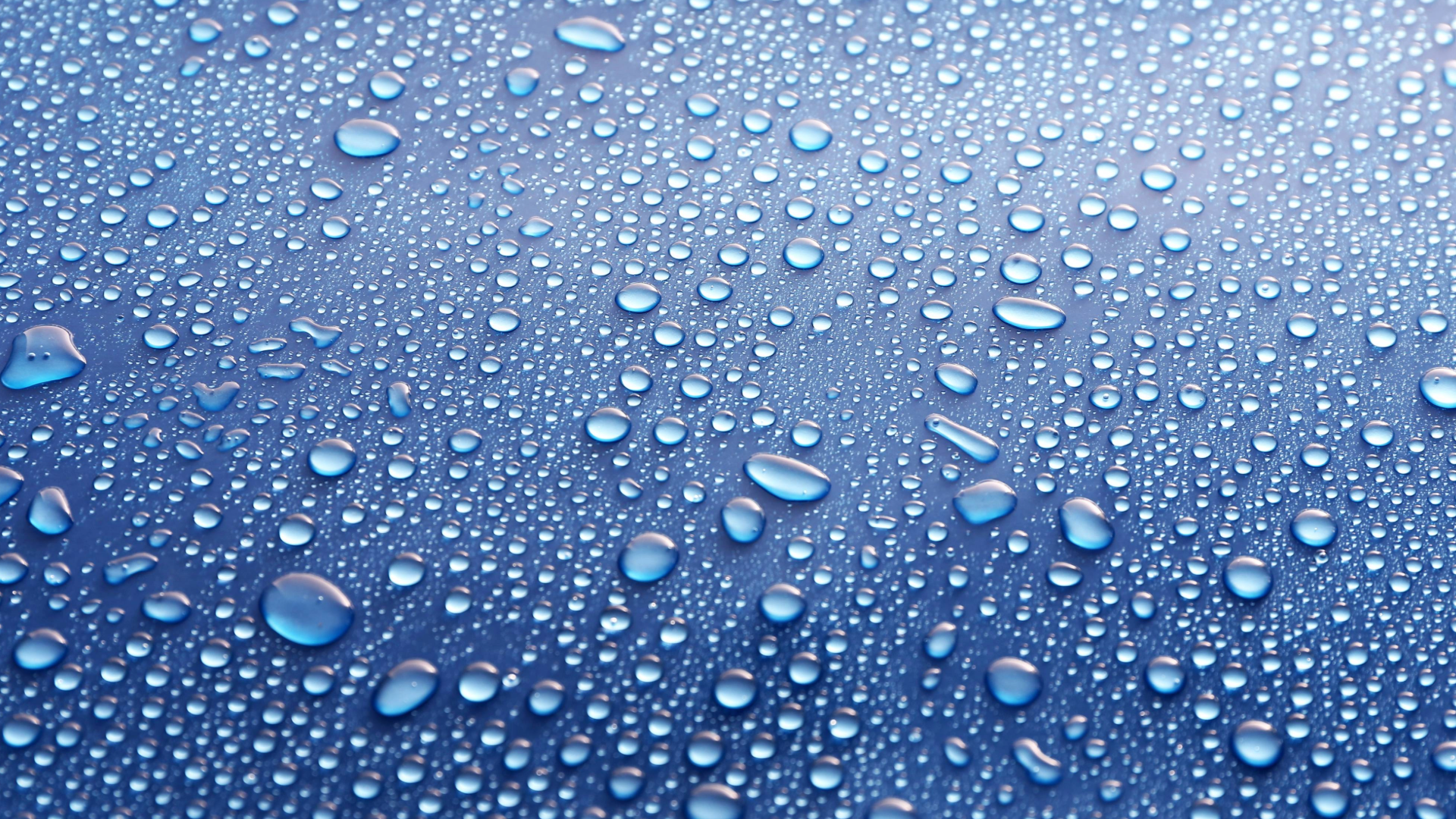
Discover why Low Moisture Absorption is Essential for Maintaining Mechanical Integrity and Preserving Electrical Properties in High-Humidity Conditions
In industries where precision and reliability are paramount, moisture absorption in industrial laminates can significantly impact performance, safety, and product lifespan. It influences mechanical, electrical, and chemical properties (review Atlas Fibre’s Material Comparison, while also affecting a laminate’s appearance and dimensional stability. Understanding and controlling moisture absorption is essential to ensure the quality and longevity of these materials.
Water Absorption Testing Methods
Water absorption is measured using the ASTM D 570-57T standard. In this test, a 1” x 3” x thickness specimen is immersed in water for 24 hours at 23°C. The specimen is weighed before and after immersion, with the water absorption rate recorded as a percentage of the specimen’s original weight.
Interpreting Water Absorption Data
While this test is widely used, it can sometimes lead to misleading results. Different laminate formulations, due to their varying specific gravities, will absorb water at different rates. For example:
- A G5 Glass Melamine specimen weighing 100 grams and absorbing 1 gram of water would have a 1% absorption rate.
- In contrast, a similarly sized Lamitex CE specimen weighing 66.5 grams and absorbing the same 1 gram of water would be recorded as having a 1.5% absorption rate.
Factors Influencing Moisture Absorption
Several factors affect water absorption in laminates, including:
- Saturation Time: Laminates may require up to six months of immersion to reach full saturation.
- Material Thickness: Thicker materials absorb less water by percentage over 24 hours.
- Temperature: Higher water temperatures increase the rate of absorption but not the total amount absorbed.
Material dimensions, thickness, and testing conditions must all be considered when evaluating water absorption.
Controlling Moisture Absorption in Manufacturing
Low moisture absorption is a key property when selecting laminate materials. We achieve this through rigorous manufacturing process controls, ensuring resin content, volatile content, flow rates, and process parameters such as time, pressure, and temperature are meticulously monitored. This guarantees that every laminate meets published performance expectations.
Impact on Performance and Chemical Resistance
Low water absorption rates are critical for mechanical applications, minimizing dimensional changes. In electrical applications, especially in high-humidity environments, low moisture absorption prevents insulation degradation. Additionally, laminates with low water absorption tend to offer better resistance to chemicals such as acids and alkalis, making them ideal for harsh operating conditions.
